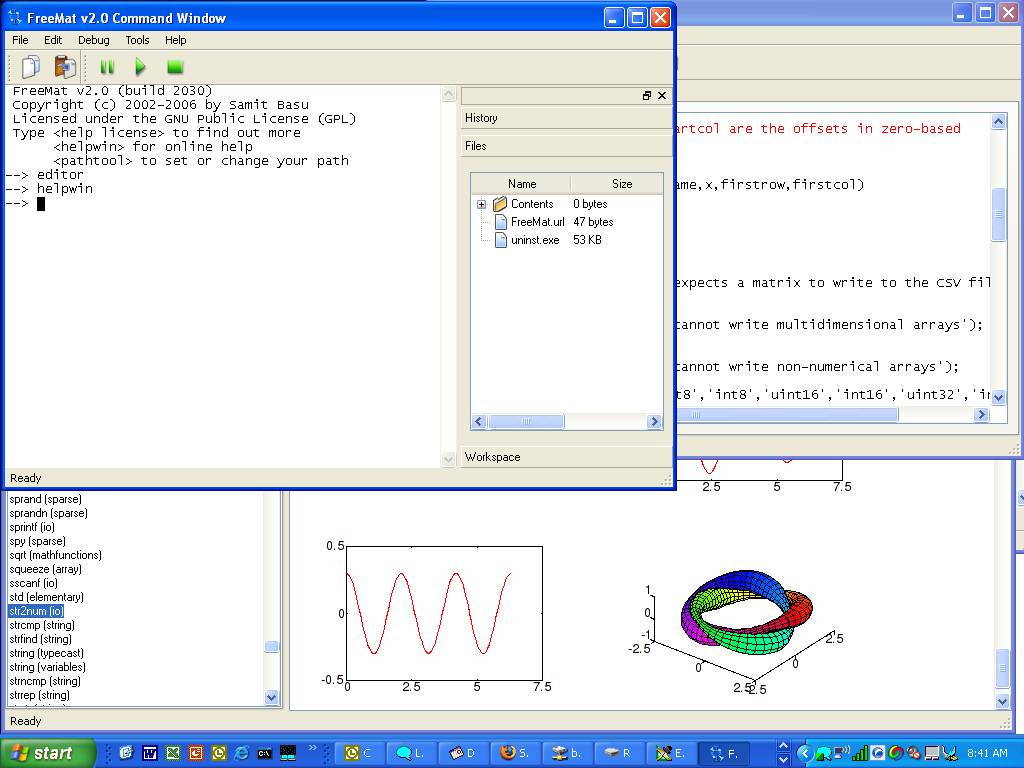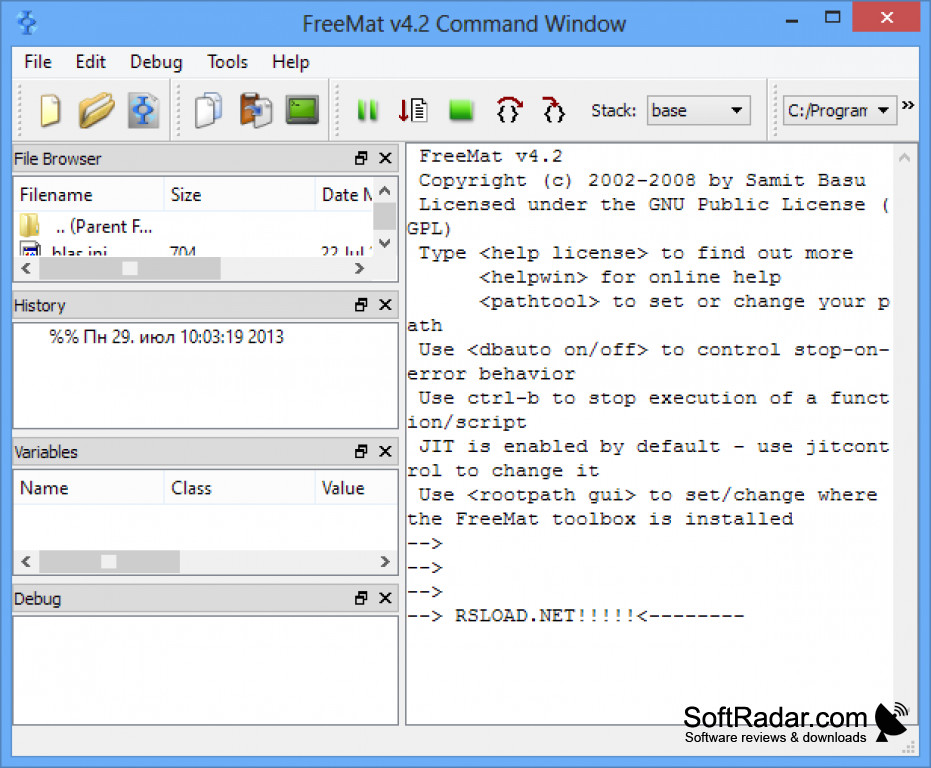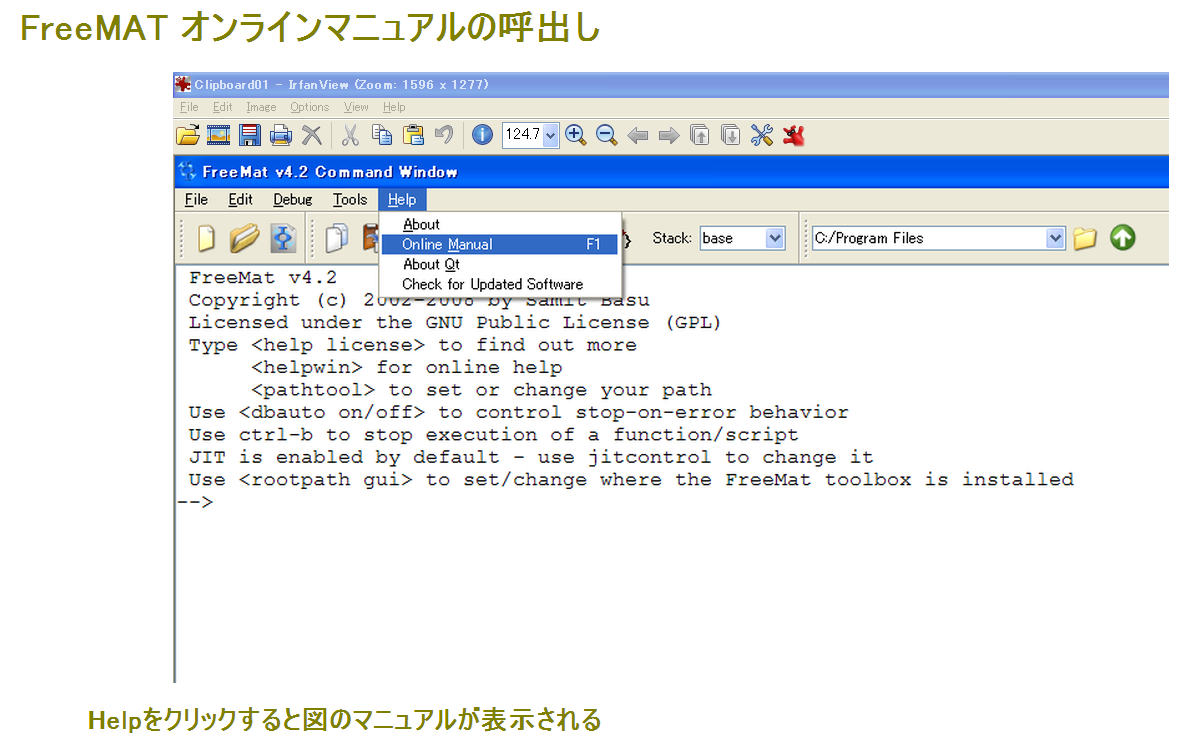

Don’t forget the peripherals. In addition to the basic components, you’ll also need to buy some peripherals for your gaming PC.
Freemat help Pc#
This will ensure that your PC is able to handle the latest games and last for years to come.
Freemat help upgrade#
You can also continue to upgrade and customize your PC over time to get even better performance and a more personalized gaming experience.
Freemat help install#
Install your favorite games, adjust your settings for optimal performance, and immerse yourself in the world of PC gaming.

Follow the on-screen instructions to install your OS.Ĭongratulations, you’ve built your own gaming PC! Now it’s time to enjoy your new gaming rig. Insert your OS installation media into your PC and boot up your computer.
Freemat help windows 10#
Windows 10 is the most popular OS for gaming, but you can also use Linux or macOS if you prefer. Once your components are assembled, it’s time to install your operating system (OS). Step 4: Install and Configure Your Operating System Make sure everything is securely fastened and connected, and double-check that all the components are compatible with each other. Install the power supply, storage drives, and GPU, then connect all the cables and wires. Start by installing the CPU and RAM onto the motherboard, then install the motherboard into the case. Make sure to follow the instructions carefully and take your time to avoid damaging your components. This can be a daunting task for beginners, but there are many online guides and tutorials available to guide you through the process. Once you’ve selected your components, it’s time to assemble them. There are many options available, with different sizes, styles, and features.

The more RAM you have, the better your PC will perform. RAM: RAM, or random access memory, is the temporary storage used by your PC to run programs.NVIDIA and AMD are the two main manufacturers of GPUs, and they offer a range of options at different price points. GPU: The GPU, or graphics card, determines how well your PC can render graphics and play games.Intel and AMD both offer a wide range of CPUs, with Intel generally offering better single-core performance and AMD offering better multi-core performance. CPU: The CPU is the brain of your PC and determines how fast it can perform tasks.There are several key components you’ll need to build a gaming PC, including a CPU, GPU, RAM, storage, power supply, and case. Once you’ve set your budget, it’s time to choose your components. Determine what you can afford and what kind of gaming experience you want before moving on to the next step. You can build a gaming PC for as little as $500, but if you want high-end components, you may need to spend upwards of $2,000. This will determine the quality of components you can afford and the type of gaming experience you’ll get. The first step in building a gaming PC is to set a budget. Building a Gaming PC: A Step-by-Step Guide to Creating Your Ultimate Gaming PC


 0 kommentar(er)
0 kommentar(er)
